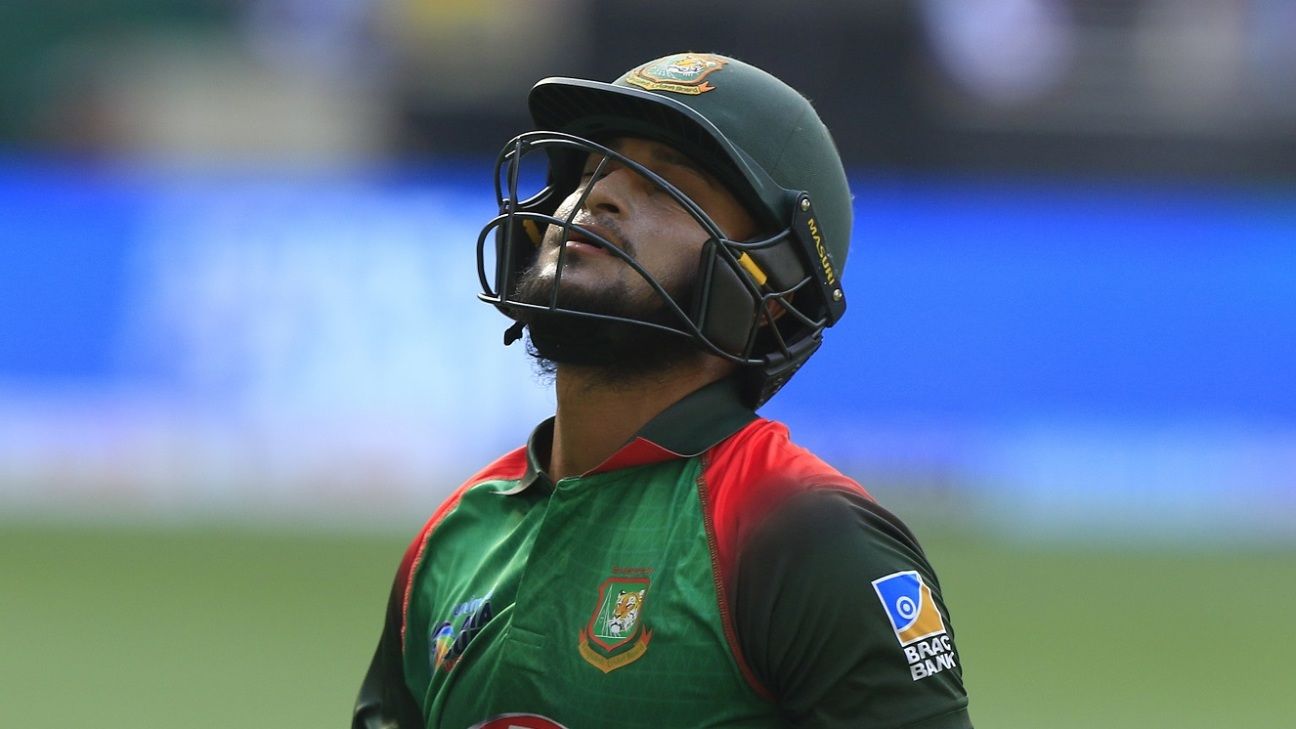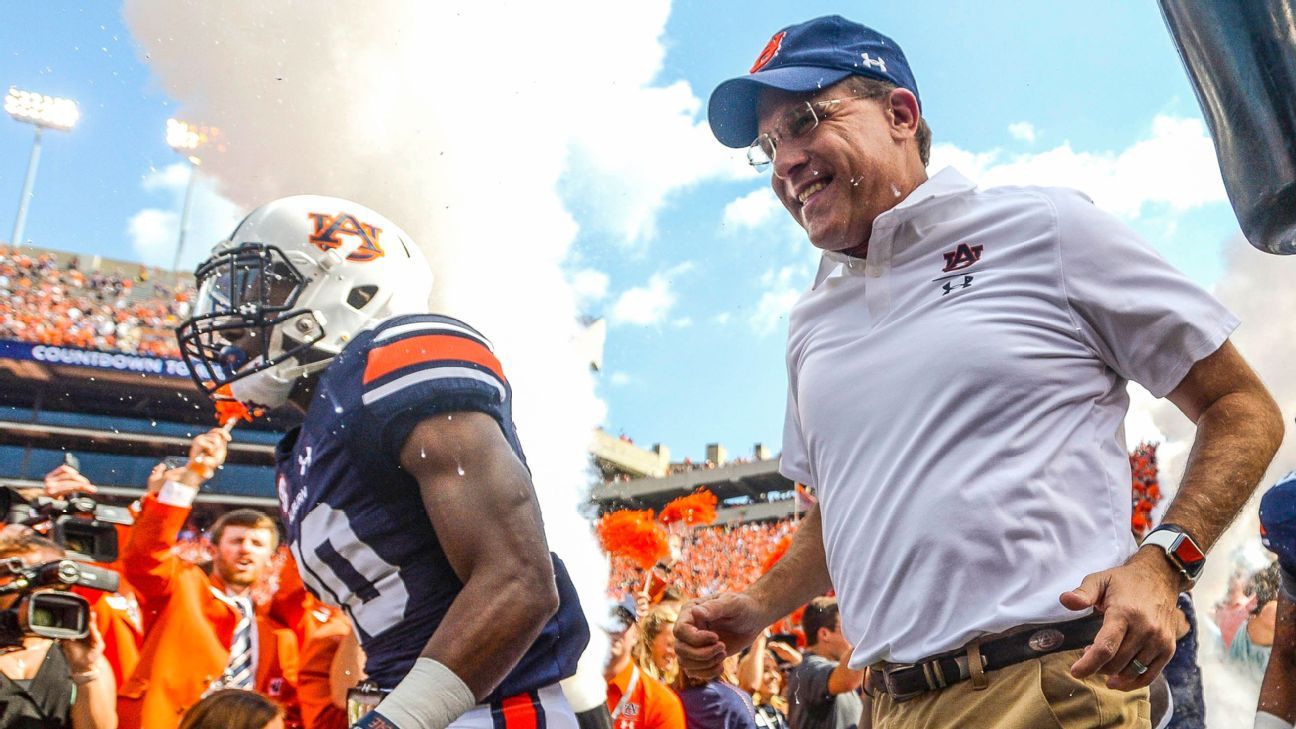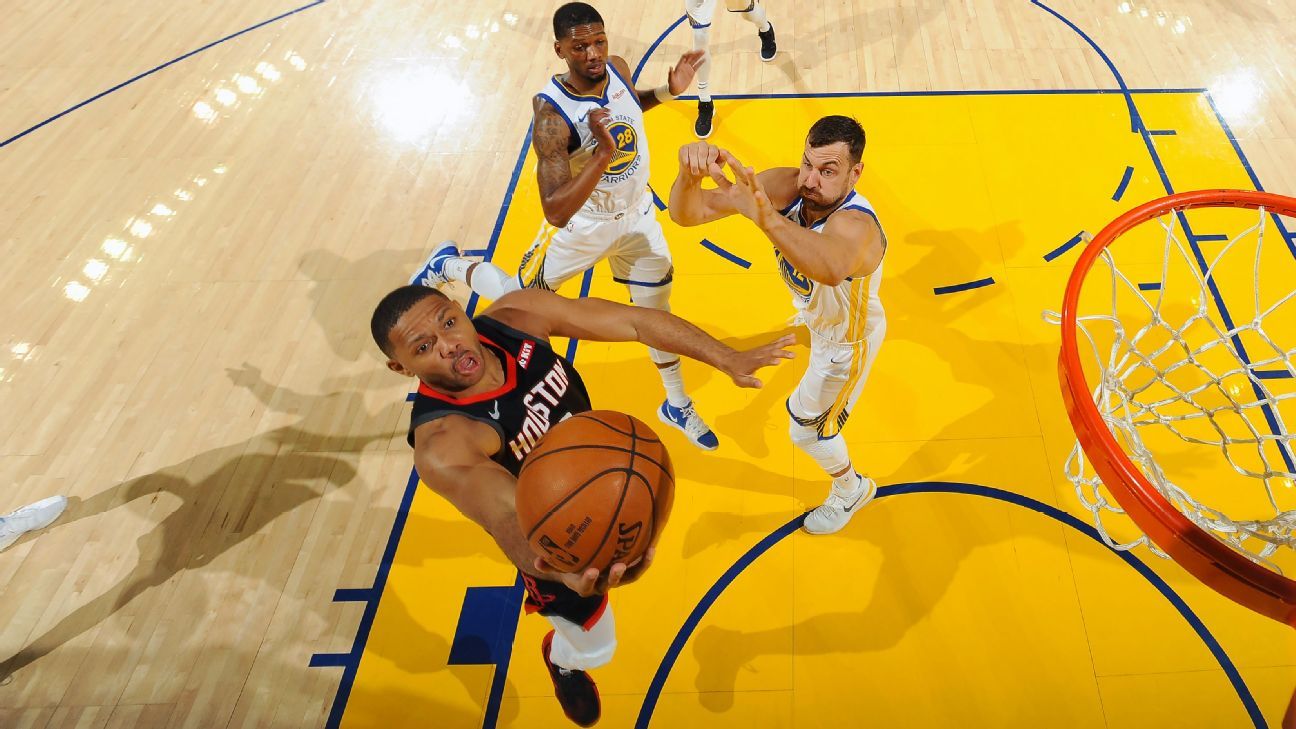Thanks to the intriguing matchup between No. 11 Oregon and No. 16 Auburn on Saturday (7:30 p.m. ET on ABC) -- the only Week 1 game featuring two AP-ranked opponents -- there is already lofty significance to this weekend in college football.
And we're not even talking about the playoff.
It starts with the perception of the Pac-12, which has faced heightened criticism after missing the College Football Playoff and finishing below .500 in bowl games each of the past two seasons. After producing a three-loss conference champion last fall, the league could desperately use an Oregon victory to help change the negative narrative. Stanford will also have a chance to give the league a boost Saturday if it can beat Northwestern, last season's Big Ten West champion, but Oregon will have the biggest opportunity and appears to be in the best position, returning a league-high 10 starters, including Heisman hopeful quarterback Justin Herbert.
There's also the questionable future of Auburn coach Gus Malzahn, who has seemingly appeared on every hot-seat list this preseason in spite of a $49 million contract and what's currently a top-10 recruiting class. Auburn has stared down this situation before -- opening last season against a ranked Pac-12 team -- but the Tigers failed to build upon the 21-16 victory over No. 6 Washington in Atlanta and stumbled to an 8-5 finish.
Hence the hot seat, and while a loss to Oregon won't get Malzahn fired, the rest of the schedule certainly could. Auburn plays at Florida and against Georgia in its SEC crossover games, and doesn't have any home games in October. A win against a ranked Ducks team should position the Tigers for a 3-0 start, which would be invaluable heading into the Sept. 21 trip to Texas A&M.
Malzahn knows all this, but said he isn't consumed by it.
"If you take a job like Auburn, where we expect to win championships, you know what you're getting into," Malzahn said. "You've got to do your job and understand that it's a blessing to have a job like this. This is a place you can win championships. This will be my 10th year here. We've played for two national championships, three SEC championships and won two of those. That's just part of the job description."
The Pac-12 is already playing from behind after tripping over itself with an 0-1 start. Arizona's experienced defense gave up 45 points and just shy of 600 yards in a 45-38 loss to Hawaii last Saturday. It sounds like an afterthought to the wild, messy game between Florida and Miami, but it was another nonconference blemish for a league that has an embarrassing 4-13 record in bowl games over the past two seasons.
Ducks coach Mario Cristobal, who is entering his second season, said his program is "improving at a pretty rapid clip," but that Oregon isn't the only one in the league trending up.
"I think a two-year absence from the College Football Playoff doesn't necessarily make or break a conference," Cristobal said. "That's noise out there. Playing well and having a team or two make it to the playoff would maybe silence some of those critics, but the focus has to be strictly on the betterment of each and every program. The recruiting classes, and the coaching influx of the Pac-12 in the past few years has been really impressive. We expect the conference to get better and better and compete for championships."
The Ducks will have a chance to showcase it Saturday, and at least one selection committee member will be there ...
Film festival: All 13 members of the CFP selection committee have been issued their iPads, and by Sunday morning will be able to view the cut-ups of every game. Committee chairman Rob Mullens will be in Arlington, Texas, as the Ducks' athletic director, and while he is recused from voting on Oregon when the committee meets in November, it's a chance for him to see Auburn live.
"When we get to Dallas and we put the full résumés on there, we're going to be looking at somewhere between eight and nine games for every team," Mullens said. "The committee commits a lot of hours, beginning in Week 0. I will assure you every committee member watched the games from last week, and that will continue on until we meet in person."
Florida athletic director Scott Stricklin is also on the selection committee, and he saw the Gators hand the ACC its first loss. The ACC can have an epic rebound, though it might be asking a little much ...
A different Longhorn "network": It's a reunion for former Texas coach Mack Brown and former Texas head-coach-in-waiting Will Muschamp, who will face each other Saturday in Charlotte, North Carolina (3:30 p.m. ET Saturday on ESPN), when Brown begins his second stint as North Carolina head coach in the opener against Muschamp's South Carolina Gamecocks. "He did a tremendous job for us there," Brown said. "We had a chance to win the national championship while he was there. That's why we gave him that title. We thought we wanted to keep him, and a lot of people were coming after him. He's smart, he's tough, he's aggressive. He did a tremendous job for us." Now Brown has to beat him with a true freshman quarterback, Sam Howell.
"We are going down there to win a football game," but Duke coach David Cutcliffe knows how difficult it will be to beat Alabama in Atlanta (3:30 p.m. ET Saturday on ABC) -- he's a Bama grad (class of 1976), and called the Crimson Tide "the most talented team top to bottom in the country." Still, Cutcliffe said his program has "earned this type of opportunity," the recruiting has been on the rise, and his team is fast and offensively diverse. Will that show against the No. 2 team in the country? Or will this look like another lopsided victory against a weaker nonconference opponent?
This ain't App State-Michigan ... First-year Louisville coach Scott Satterfield was an assistant coach at Appalachian State in 2007, when the Mountaineers sprang one of the most memorable upsets in the history of the sport. He was asked this week if there's anything he can take from it and apply it to the preparation for No. 9 Notre Dame (8 p.m. ET Monday on ESPN). Uh, no. "The fact that we're a big underdog and playing a well-known team that's coming in here, I think that's the correlation," he said, "and it might stop right there." Notre Dame should hope it does.
The SEC is already 1-0 thanks to Florida, but the Beast of the East is ... not Vandy. The Commodores are 0-54 against top-5 opponents, the most losses without a victory in AP poll history (since 1936). And here comes No. 3 Georgia (7:30 p.m. ET Saturday on SEC Network). The Bulldogs have won 13 consecutive SEC East games, the longest such winning streak since the SEC split into divisions in 1992. Can they do it again? QB Jake Fromm is back, but his top five receivers are not.
Back in the Big 12: First-year Houston coach Dana Holgorsen is picking up right where he left off in the 2018 regular season -- in what should be another thriller against No. 4 Oklahoma (7:30 p.m. ET Sunday on ABC). In his final season as coach at West Virginia, Holgorsen lost 59-56 to the Sooners. Now he has a very talented Cougars team that should push the Sooners to the brink. While much of the attention will be on the Oklahoma debut of quarterback Jalen Hurts, Houston's D'Eriq King is pretty special, too. Houston has won its past three games against AP top-5 teams, with one of those victories coming against Oklahoma in 2016.

























 Phone: (800) 737. 6040
Phone: (800) 737. 6040 Fax: (800) 825 5558
Fax: (800) 825 5558 Website:
Website:  Email:
Email: 






